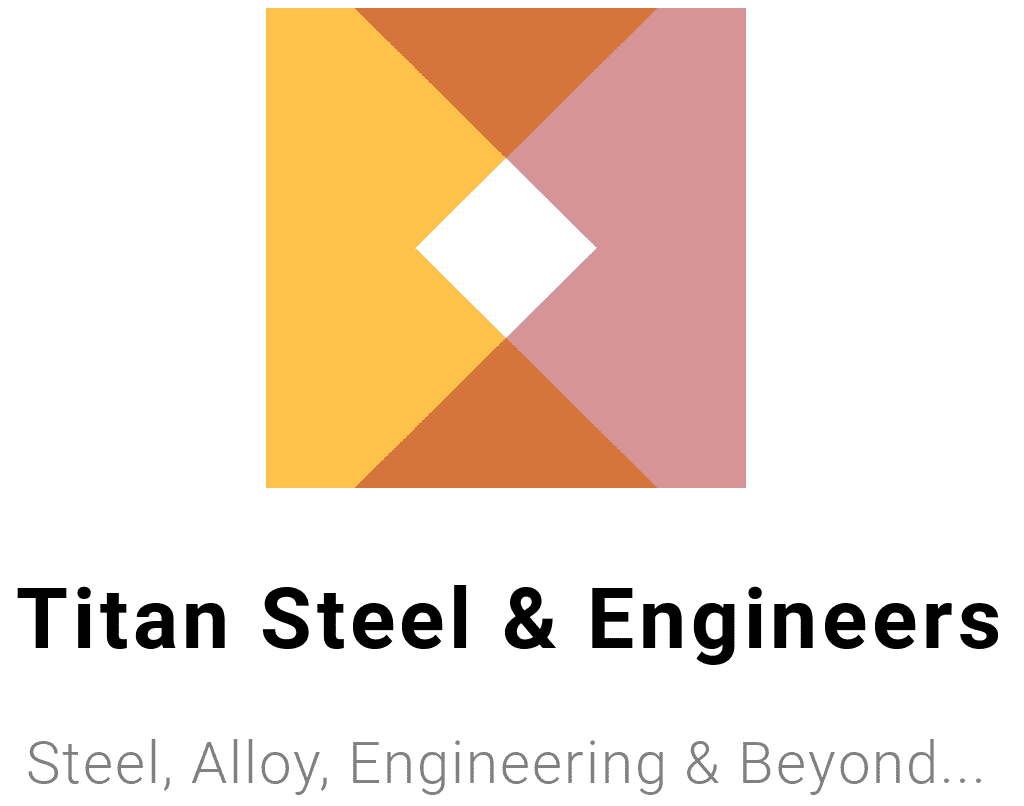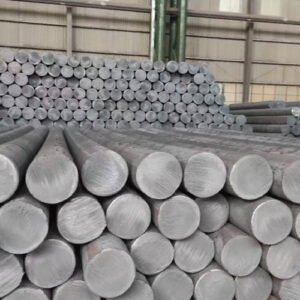Description
S355J2 Carbon Steel Plate
Precision and Performance Combined
The S355J2 Carbon Steel Plate is your go-to material for projects demanding robust strength, outstanding durability, and reliable performance under challenging conditions. Engineered to excel, it ensures superior mechanical properties that stand the test of time, making it an invaluable choice for industries focused on heavy-duty applications.
Features
- High Strength: With remarkable tensile strength, the S355J2 Carbon can handle significant stress without compromising performance.
- Low Temperature Toughness: Exceptionally capable in low-temperature environments, ideal for projects in cold climates.
- Structural Versatility: Easily weldable and machinable, allowing for seamless integration into diverse structures.
- Thickness and Size Options: Available in various thicknesses and dimensions to fit your specific project requirements.
- Material Grade: Manufactured as per EN 10025-2 standards for quality assurance.
Key Benefits
- Unmatched Durability: Built for heavy-duty use, the S355J2 Carbon offers long-lasting performance even under extreme conditions.
- Supports Complex Projects: Its weldability and machinability simplify construction tasks, saving time and resources.
- Reliable Under Pressure: Performs reliably in structural applications, reducing the risk of failure and ensuring overall safety.
- Sustainability Factor: Engineered with sustainability in mind, contributing to environmentally focused projects.
Ideal Applications
The S355J2 Carbon is a top choice for industries like construction, manufacturing, and engineering, excelling in high-stakes environments. Common use-cases include:
- Structural beams for bridges and buildings.
- Heavy machinery parts.
- Components for offshore platforms and wind turbines.
- Shipbuilding and mechanical frameworks.
Trusted Compliance Standards
S355J2 Carbon exceeds industry standards with certifications, including EN 10025-2 compliance. This guarantees exceptional quality, safety, and reliability for your critical projects.
Whether you’re constructing monumental structures or fabricating heavy machinery, the S355J2 Carbon Steel Plate is the proven solution to ensure strength, precision, and enduring success.






